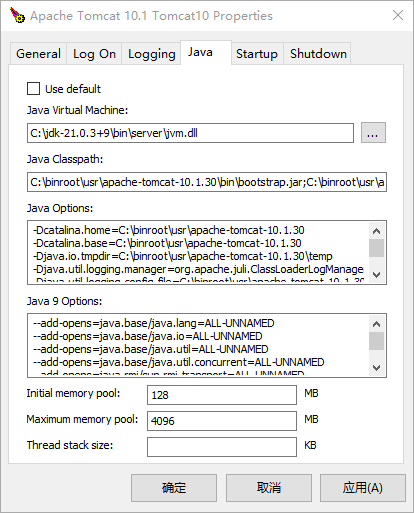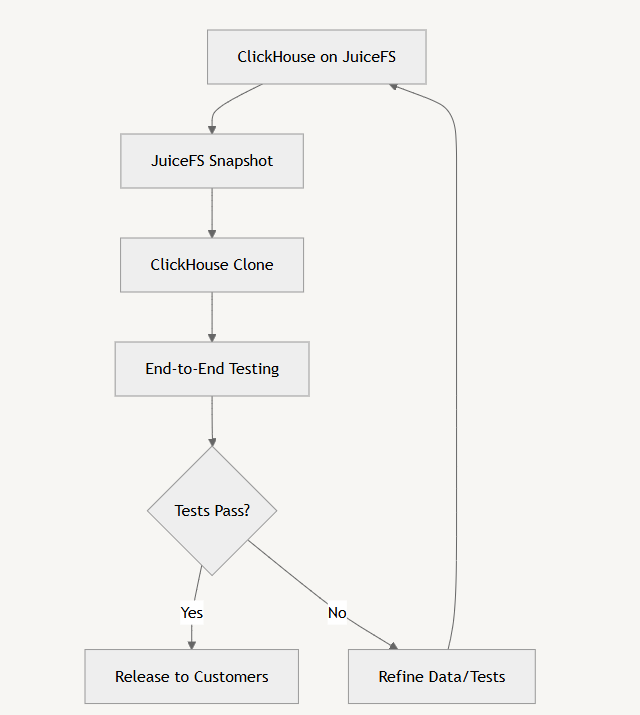List和Map是Java集合框架中常用的数据结构,分别用于存储有序的元素列表和键值对。在某些场景下,我们需要将List转换为Map,以便更高效地访问和操作数据。本文将探讨几种常用的List转Map的方式,并对它们的特点进行分析比较。
大体来说,List转Map的方式可以分为以下几种:使用for循环遍历、Java8 Stream API、Apache Commons Collections、Google Guava等。下面分别介绍这些方式的具体实现和特点。
1、使用for循环遍历:
这是最基本也是最常见的一种方式。通过for循环遍历List,逐个获取元素,然后将元素的某个字段作为键,元素本身作为值,将键值对存入Map中。这种方式简单直接,适用于小规模数据集。然而,需要注意遍历过程中的空指针判断和重复键的处理。
Map<String, Entity> map = new HashMap<>(); for (Entity entity : list) { if (entity.getKey() != null) {map.put(entity.getKey(), entity);} }
2、Java8 Stream API:
使用Java8新增的Stream API可以简化代码,并提供了更多的操作方法。通过将List转换为Stream,使用`Collectors.toMap()`方法将Stream元素映射为键值对存入Map。这种方式适合处理大规模数据集,同时具有更好的可读性和扩展性。
Map<String, Entity> map = list.stream() .filter(entity -> entity.getKey() != null) .collect(Collectors.toMap(Entity::getKey, Function.identity()));
案例2:
import java.util.List; import java.util.Map; import java.util.stream.Collectors;public class ListToMapExample {public static void main(String[] args) {// 假设我们有一个包含键值对的ListList<KeyValuePair> list = List.of(new KeyValuePair("key1", "value1"),new KeyValuePair("key2", "value2"),new KeyValuePair("key3", "value3"));// 使用Stream API将List转换为MapMap<String, String> map = list.stream().collect(Collectors.toMap(KeyValuePair::getKey, KeyValuePair::getValue));// 打印转换后的Mapmap.forEach((key, value) -> System.out.println(key + " -> " + value));}static class KeyValuePair {private String key;private String value;public KeyValuePair(String key, String value) {this.key = key;this.value = value;}public String getKey() {return key;}public String getValue() {return value;}} }
3、Apache Commons Collections:
Apache Commons Collections是流行的Java类库,提供了许多集合操作工具。其中`CollectionUtils`类的`toMap()`方法可以方便地将List转换为Map。这种方式依赖于外部类库,但提供了更多的便利方法和灵活性。
Map<String, Entity> map = new HashMap<>();CollectionUtils.toMap(list, Entity::getKey, map);
4、 Google Guava:
Google Guava是Google开源的Java工具类库,也提供了丰富的集合操作接口。其中`Maps`类的`uniqueIndex()`方法可以将List转换为Map。虽然依赖于外部类库,但Guava提供了更多的集合相关功能和效率优化。
Map<String, Entity> map = Maps.uniqueIndex(list, Entity::getKey);
总结:
- 在List转Map的过程中,我们可以选择使用for循环遍历、Java8 Stream API、Apache Commons Collections或Google Guava。
- 对于小规模数据集,使用for循环遍历是最简单直接的方式。而对于大规模数据集,Java8 Stream API提供了更高效和优雅的实现方式。如果你使用了Apache Commons Collections或Google Guava这些类库,则可以利用它们提供的工具方法简化代码。
- 选择合适的方式取决于实际需求和项目环境。需要根据数据大小、性能要求、可读性等方面综合评估。无论选择哪种方式,都需要注意处理空指针和重复键的问题,以确保转换结果的准确性和完整性。










